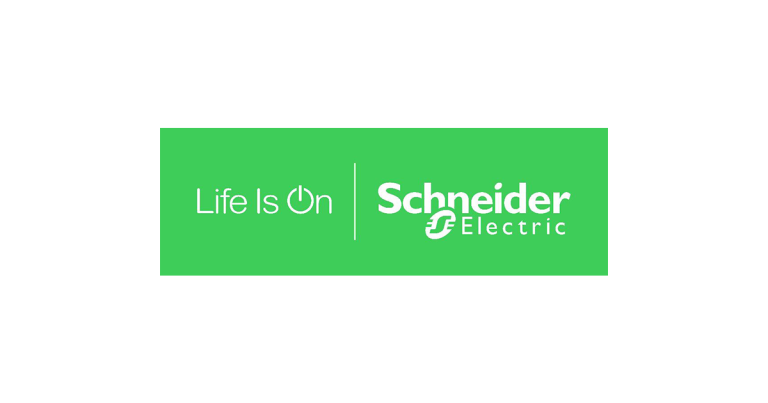Klein Tools ‘Dark by 2050’ Work Force Trends Report

June 4, 2021
Electrical workers are the gears that turn what has been called the world’s largest machine – the electrical system that powers our factories, businesses, and homes. Yet, our country’s electrical workers are aging, facing a retirement boom, while the training of new electrician apprenticeships fails to keep up with the growing needs of our electric system. These trends together threaten to put the convenience of easy access to electricity at risk, blocking any progress on achieving a clean energy future, and portending a future of more frequent and longer power outages that plunge the country into a new dark age by 2050.
Klein Tools and The Accelerate Group have worked together to conduct an analysis to look at what will happen if the current U.S. electrical workforce trends continue: to understand what the workforce gap will be in the coming years, the impact of that workforce gap on the country’s ability to achieve a clean energy future, and the long-term impacts of a significant workforce gap on the ability of the country to maintain its electrical power systems and equipment. Finally, the study examines the cascading societal impacts of frequent and widespread long-duration power outages on the primary needs of society, such as food, water, safety, transportation, and communications, to understand the interrelated nature of these systems, and their dependence on reliable power.
THE STUDY FOUND:
Due to the age, attrition rate, and new entrant rate, the existing electrical workforce of 770,000 electricians and 110,000 line workers is projected to shrink by 28% by 2050 (Section II)
To achieve just the “mid-case” scenario of a clean energy future (a mid-range level of renewable energy), electric vehicle charging infrastructure, and building electrification development, the country will need an additional 224,000 electrical workers by 2030, and to sustain and grow that workforce level every year through 2050 (Section III).
The difference between the projected electrical workforce and the electrical workforce need will exceed 251,000 workers (25%) by 2030, and 462,000 workers (45%) by 2050 (Section III).
That workforce gap will not hit all industries equally, as electrician positions in industries such as manufacturing, healthcare, telecommunications, and public institutions are decimated by 2040 (Section IV).
The workforce gap will lead to more frequent and longer-duration outages, as power outages are slower to restore, aging infrastructure fails more frequently, and electrical equipment sits idle, unable to be repaired or replaced (Section V).
From 2030-2040, millions of Americans will face outages lasting multiple days, creating a cascading effect on communications, water supply, transportation, and even the ability to gain fuel for backup generation (Section V).
From 2040-2050, those days-long outages give way to months-long outages, making backup generators and gas-fueled vehicles the only reliable source for energy, and a migration in the electrical workforce away from centralized power systems and toward installing individual generators (Section V).
Go HERE for the full report









![Guide to the Canadian Electrical Code, Part 1[i] – A Road Map: Section 52 — Diagnostic imaging installations](https://electricalindustry.ca/wp-content/uploads/2022/11/Guide-CE-Code-2.png)






